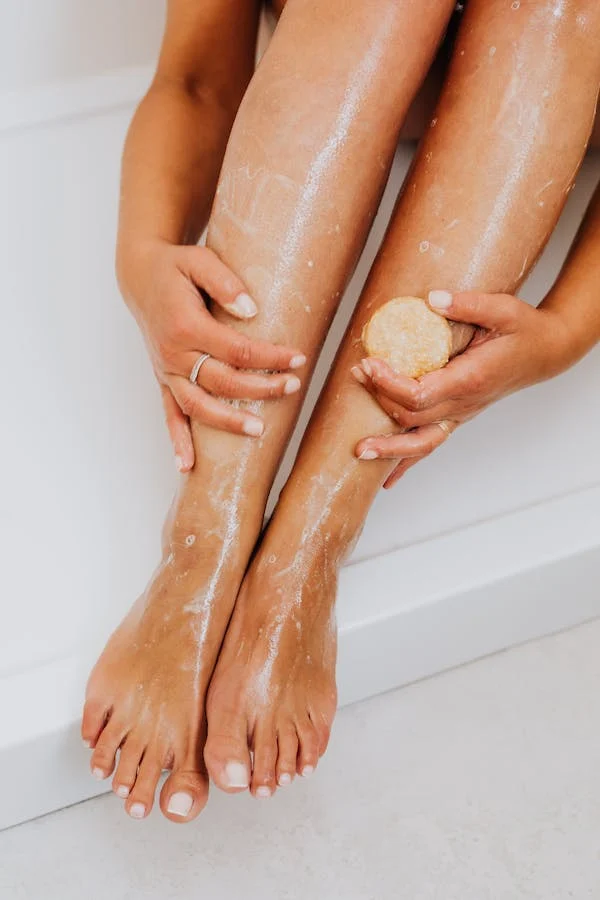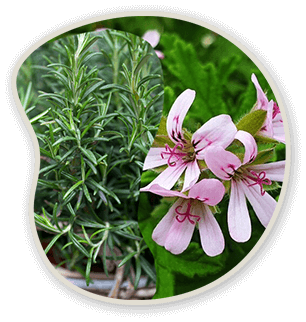
Understanding Gout and what to look for:
Gout is a form of inflammatory arthritis characterized by sudden, severe attacks of pain, swelling, and redness in the joints. Often, the big toe is the usual suspect, but it doesn’t limit its grievances to just that; it could involve other joints as well. This condition arises from uric acid build-up in the blood, forming crystals that lodge in and around the joints.
If I’m talking to someone who suspects they might be at the beginning stages of gout, I stress the importance of knowing what to look for. The early signs include a recurrent, uncomfortable sensation in a joint, notable swelling, and red skin around the affected areas.
Acknowledging these early signs is CRUCIAL. It means you can seek medical intervention sooner rather than later, possibly saving a lot of unnecessary pain and complications. Your physician might suggest a blood test or joint fluid test to confirm the diagnosis, starting you on the road to management and treatment.
When I discuss gout with individuals who’ve experienced the first wave of symptoms, they often highlight the abrupt onset of pain, usually at night. Discussion boards and therapy groups reiterate this point: don’t take that sharp, midnight joint pain lightly. It might just be alerting you to the beginning of a gout attack.
Comprehensive Guide to Gout Remedies
When gout flares up, the foremost goal is to reduce pain and prevent further attacks. Effective management combines medical treatments with natural strategies. Here, I share remedies based on both experience and medical expertise, always recommending you consult with a healthcare provider for personalized advice.
First, let’s discuss medications that physicians often prescribe. There are anti-inflammatory drugs such as NSAIDs, steroids, and colchicine. These help mitigate the intense pain and inflammation caused by gout. Allopurinol and febuxostat, on the other hand, are long-term medications designed to decrease the body’s production of uric acid.
However, some individuals seek to complement medical treatments with natural remedies. Increasing water intake is a simple yet POWERFUL step to help flush out excess uric acid. Herbal supplements like cherry extract or celery seed may also offer relief for some people.
One cannot overlook diet’s critical role in managing gout symptoms. Certain foods high in purines, such as red meat and seafood, can exacerbate the condition. Replacing them with low-purine alternatives like fruits, vegetables, and whole grains can make a significant difference.
Finally, adequate rest and staying off the affected joint can accelerate the healing process. Pairing this with lifestyle modifications such as strategic exercise and weight management can further alleviate symptoms and improve overall wellbeing.
Proactive Prevention: How to Reduce Your Risk of Gout
You’ve got the power to take control of your health and lower your chances of developing gout. Start by making thoughtful changes to your lifestyle, prioritize maintaining a healthy weight, and commit to regular exercise. It’s not about achieving perfection; it’s about making better choices, one step at a time.
Eat smart by understanding purines. Foods rich in purines can increase uric acid levels, so moderating your intake is key. Keep an eye on your consumption of red meat, seafood, and sugary beverages, and opt for more fruits, vegetables, and whole grains.
Alcohol, especially beer, can be a trigger for gout attacks. Moderation is essential, or consider limiting alcohol altogether if you’re at high risk for gout or have had previous episodes.
Regular check-ups with your doctor can help catch any early signs of gout or related health issues. Managing conditions like hypertension and diabetes can also mitigate your risk of gout.
Finally, don’t underestimate the value of community. Connect with others who understand the challenges of preventing gout. They can offer practical advice, swap tips, and provide that moral support we all need from time to time.


